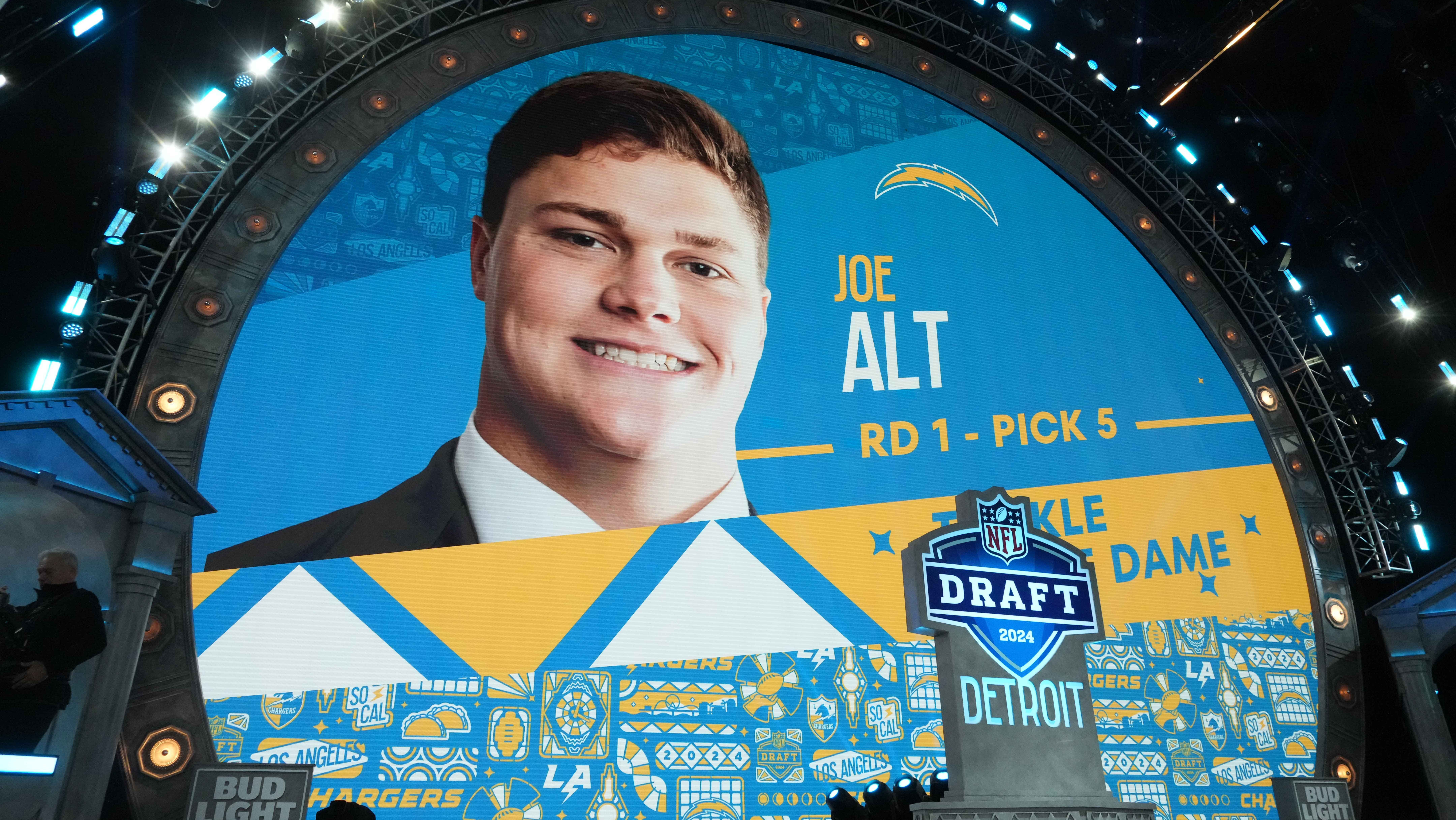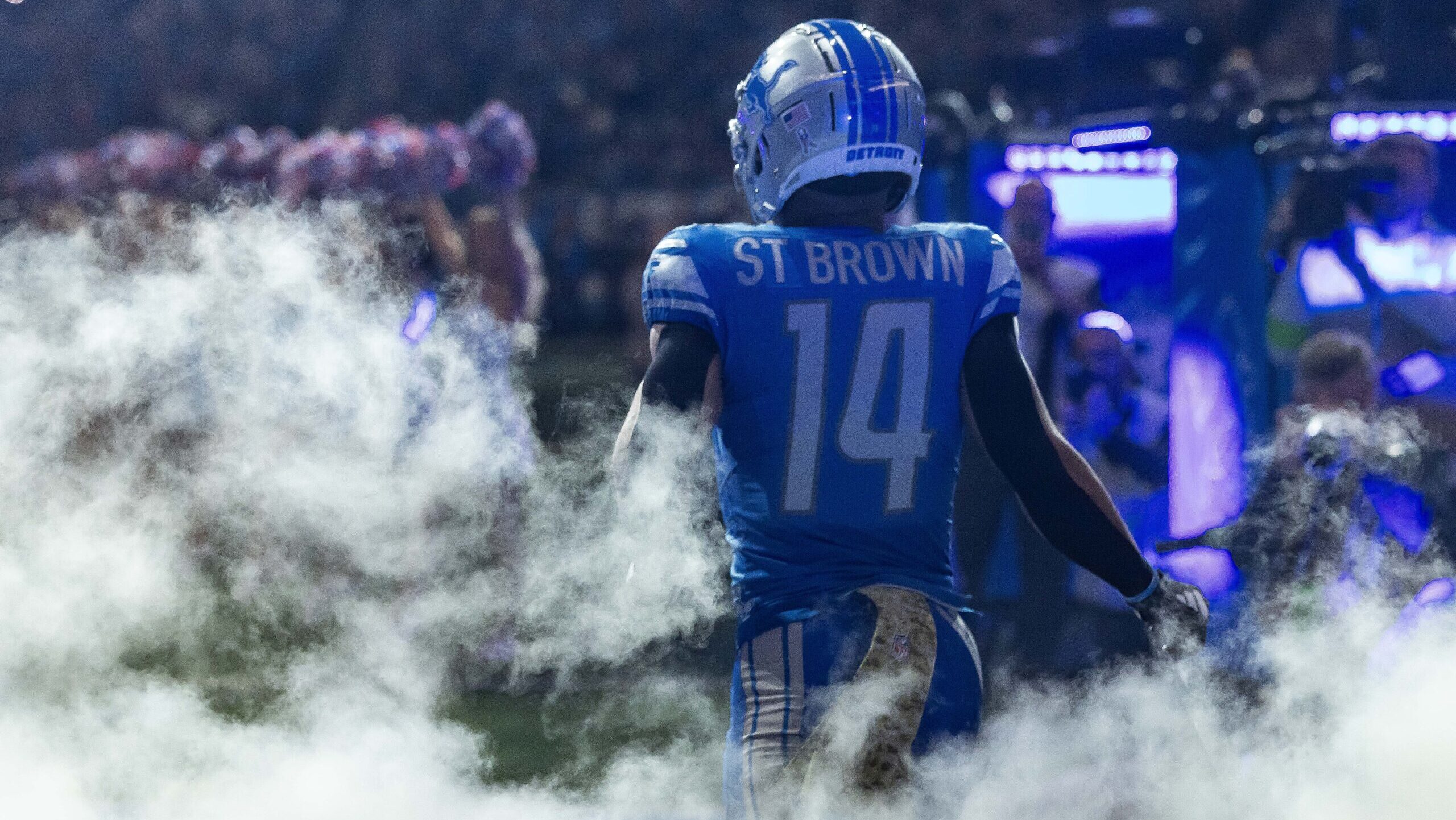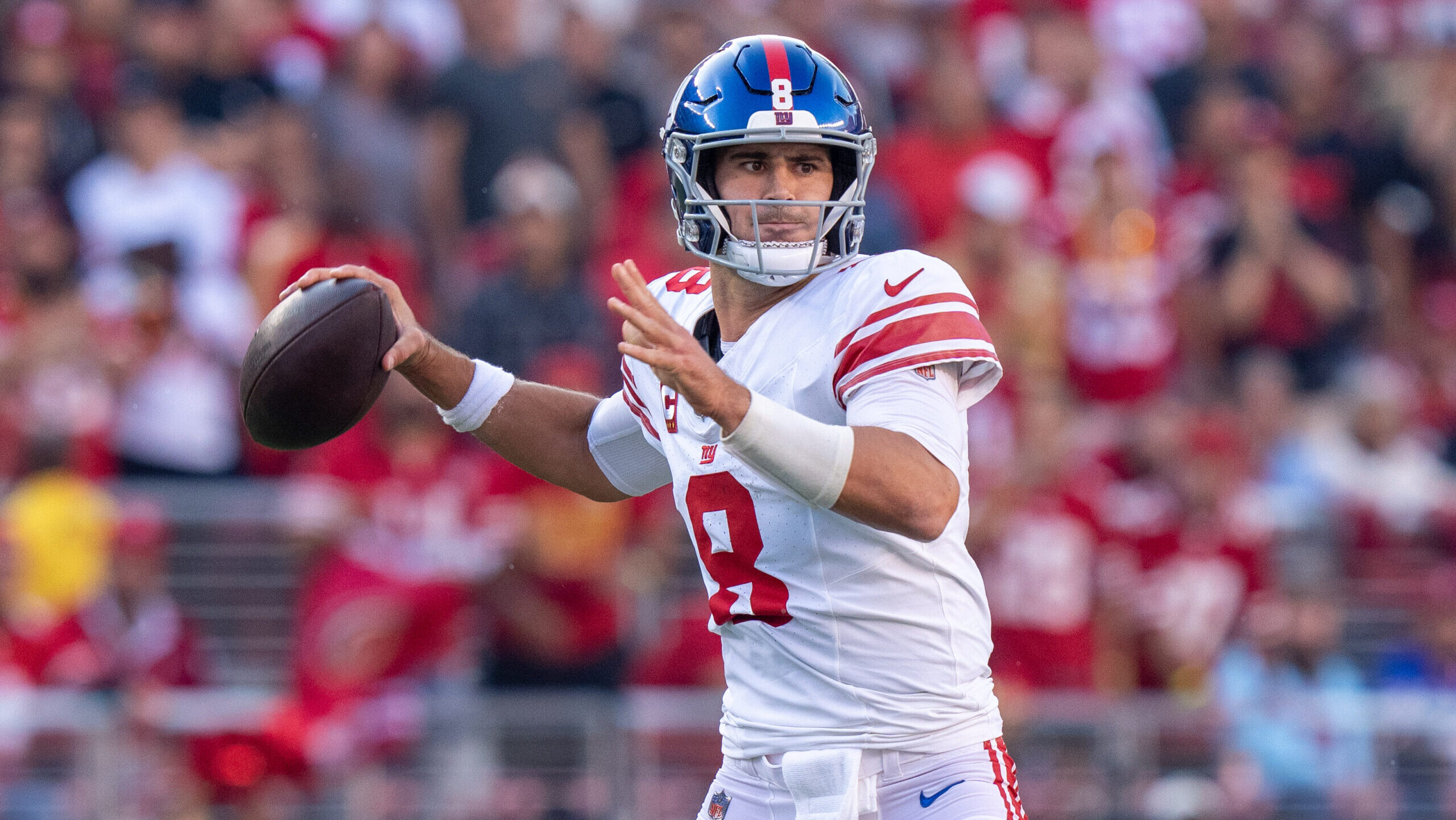Analysis
8/11/23
5 min read
Don’t Panic Over C.J. Stroud’s Slow Preseason Start for Texans
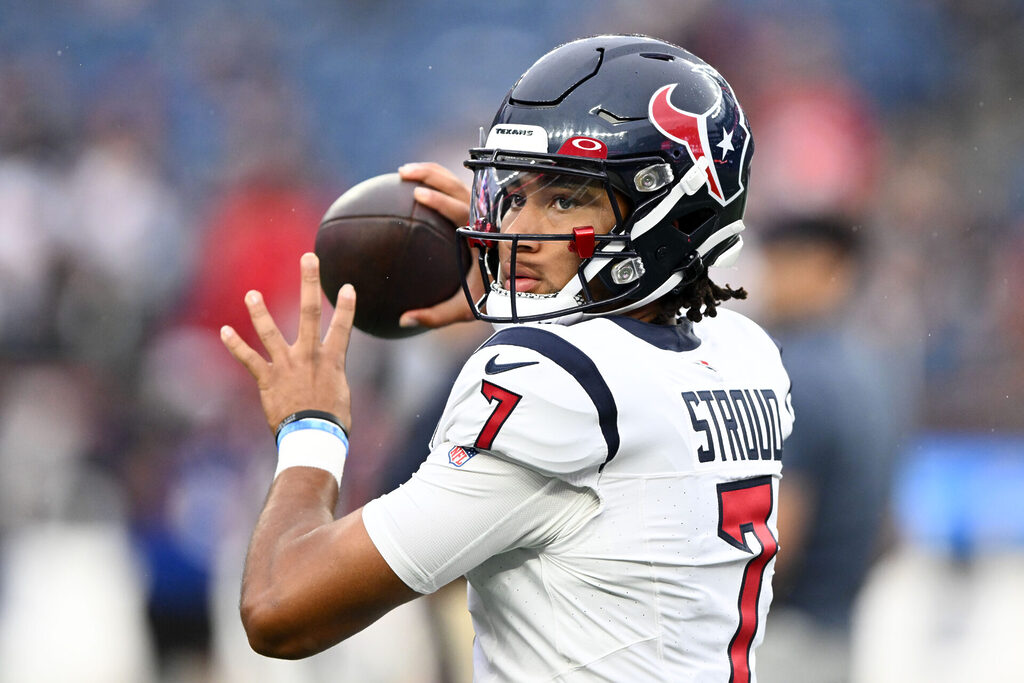
To this point, C.J. Stroud has had a number of days in training camp to be evaluated and graded on his daily performance. His preseason play serves as a way to monitor his progress as he continues to digest a new Houston Texans offense.
Stroud’s college tape, along with a complete evaluation by the organization, left no doubt that he would be a top pick in the NFL draft — and I certainly agreed in my own draft evaluation.
In Stroud’s first preseason start, he took 12 snaps against the New England Patriots. What did those 12 plays, and particularly those seven called passes of which he only threw four, show us?
Offense's No. 1 Job: Keep QB Safe
It is vital for the offense to protect the quarterback to allow him to complete his throwing motion with a legitimate opportunity to deliver and complete the football. What happened early in this preseason game is not unusual:
- On three of Stroud’s passing plays, the protection broke down due, in most cases, to poor sets by no one particular offensive lineman. On one play, he had no chance and took a sack. On the second, he showed his escape ability to the left and ran for positive yardage. On the third, he got the ball off, and though it was incomplete, he was able to avoid a sack.
- On one of the other passes, the only time the Texans moved the pocket, on a boot to his left, Stroud took a vicious hit on his right shoulder. Nonetheless, he showed his toughness and ability to find a completion with an awkward throw under duress.
- On third-and-4, the Texans ran the universal option route to the running back out of the backfield, complemented by the adjacent corner route against tight man coverage. The only option for Stroud was to take the covered corner route and locate it so his receiver could use his catch radius to make the play. Stroud held the ball too long, the protection broke down, and he needed to run and barely got back to the line of scrimmage.
With a multimillion-dollar and franchise commitment to Stroud, getting him and Davis Mills through training camp and preseason games healthy and confident is of the utmost importance. It is also imperative Stroud does his part by being deliberate and precise on the details of his drop-back fundamentals, commensurate with the alignments and depths of his receiver’s routes.
There are so many examples and great teaching available over just 12 plays to illustrate the interconnection that coaches, the QB, and 10 other players have in ensuring they keep their quarterbacks safe during the preseason.
Stroud Must Clean Up His Footwork
On the first play, his first step from under center was too big; it forced him to be late with a throw that was a candy store completion on the quick out to the wide receiver releasing to his left. He completed the throw, but on a grading scale, it’s a minus on the drop and a minus on location.
On Stroud’s interception, the drop was too long, with a base too wide at the top. The rhythm of his feet alone told him to kick the ball out to a wide-open running back in the flat, take the completion and move the field for the defense. That, combined with a reset due to pressure, forced him to be late with the throw. With a shorter drop, this ball should be in the air one-third of the way to the receiver, even before the receiver brings his eyes to the ball.
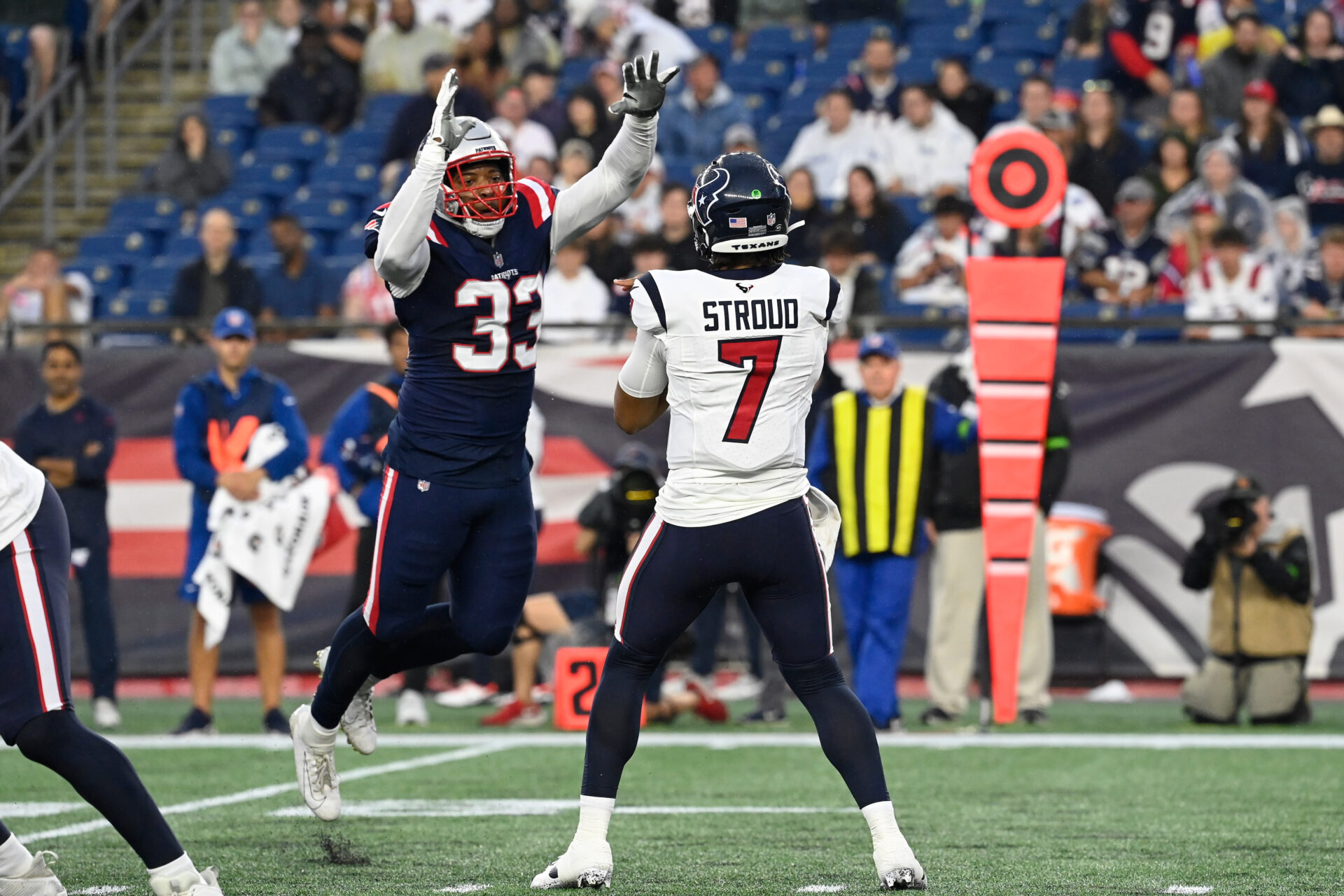
Stroud Understands Protections
On second-and-5 with 8:57 remaining in the first quarter, the Patriots hit Stroud with a weakside blitz to his right that forced a hot throw to his RB on a five-man protection. With the right tackle and right guard doing their jobs by blocking two of the three most dangerous defenders, Stroud quickly understood he had to deliver to his running back.
The ball was poorly thrown, but there are drills to help him fundamentally complete the throw with more accuracy. But the point is he understood protection and where the quick answer was off the plus-1 rusher.
Stroud Learned About Game Management and Playing Continuity Football
Back to the interception: With less than five minutes gone in the first quarter, Stroud had a third-and-21 on his 25. This play should be a career-long learning moment for Stroud. Listen to your feet, find a completion, manage the game and play continuity football that gives your defense field position. It’s OK to punt. You will get the ball back soon enough and gain the trust of teammates and coaches. This is an unforgettable lesson.
In just the seven pass plays called, there were so many takeaways for the offense and learning moments for Stroud. The corrections made by coaches show many of the interconnected moving parts that go into each play and why every detail matters.
The Texans have two excellent young quarterbacks, and I am very excited to monitor Stroud’s growth over the weeks to come and the improvements that will show up as he, and the offense, move forward.
Marc Trestman is a former NFL, CFL and college coach. After more than a decade as an offensive coordinator and quarterback coach in the NFL, he coached in four Grey Cups in the CFL, winning three over seven years with Montreal and Toronto before becoming head coach of the Chicago Bears. Follow him on Twitter at @CoachTrestman.




